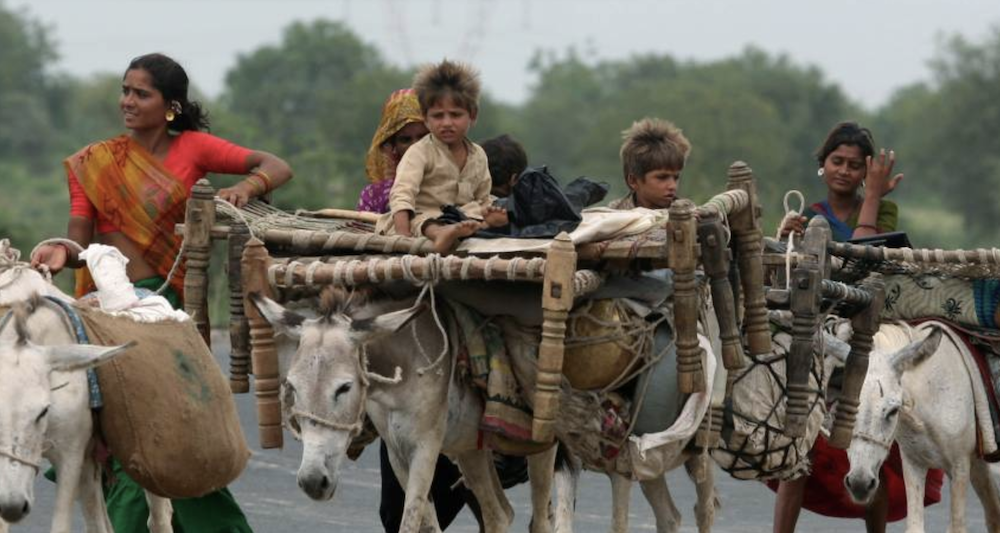This was published in the print edition of Economic and Political Weekly. (Vol XXII, No 3, January 17, 1987)
While the role of unequal land rights in determining the status of different caste and class groups in India has been the subject of much debate, their impact on women’s status has generally escaped attention, fn fact the patriarchal bias of the social and the legal system gives rise to the assumption that once the men of the family have land, the women’s needs are automatically taken care of This study attempts to place the issue of the denial of land rights to Ho tribal women in the context of women’s daily lives, work, struggle for survival and status in the family and community The paper is being published in three parts.
THIS study attempts to place the issue of the denial of lard rights to Ho tribal women in the context of women’s daily lives, work, struggle for survival, and status in the family and community. Although the situation of Ho women has certain important exceptional characteristics, it is, by and large, typical of the situation of tribal women.
The role of unequal land rights in determining the status of different caste and class groups in India is the subject of continuing debate. However, the impact on women’s status of their land rights is seldom fully comprehended. That is why, on the few occasions when land redistribution programmes have been undertaken in different parts of the country, land has been given in the name of the male “head of the household” while women have almost never received land in their own names. The patriarchal bias of the social and legal system gives rise to the assumption that once the men of a family have land, the women’s needs are automatically taken care of. A close look at rural society and family life reveals that just as the landless poor or marginal peasant groups are vulnerable socially and politically because of the marginality of their rights in land, so also, women in rural India are especially vulnerable because of their lack of land rights, and this is true not just of landless poor women but also of women belonging to landed families…






